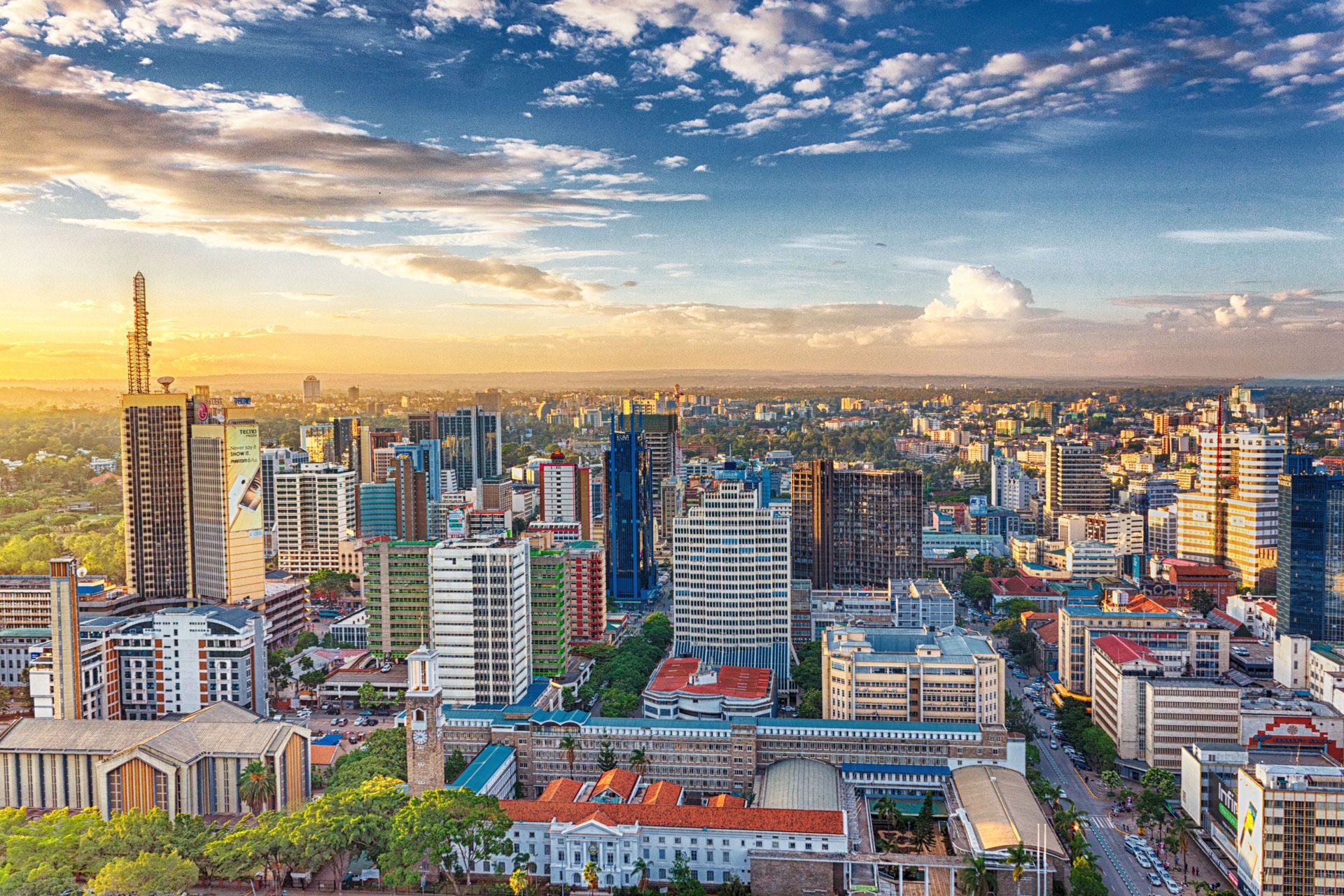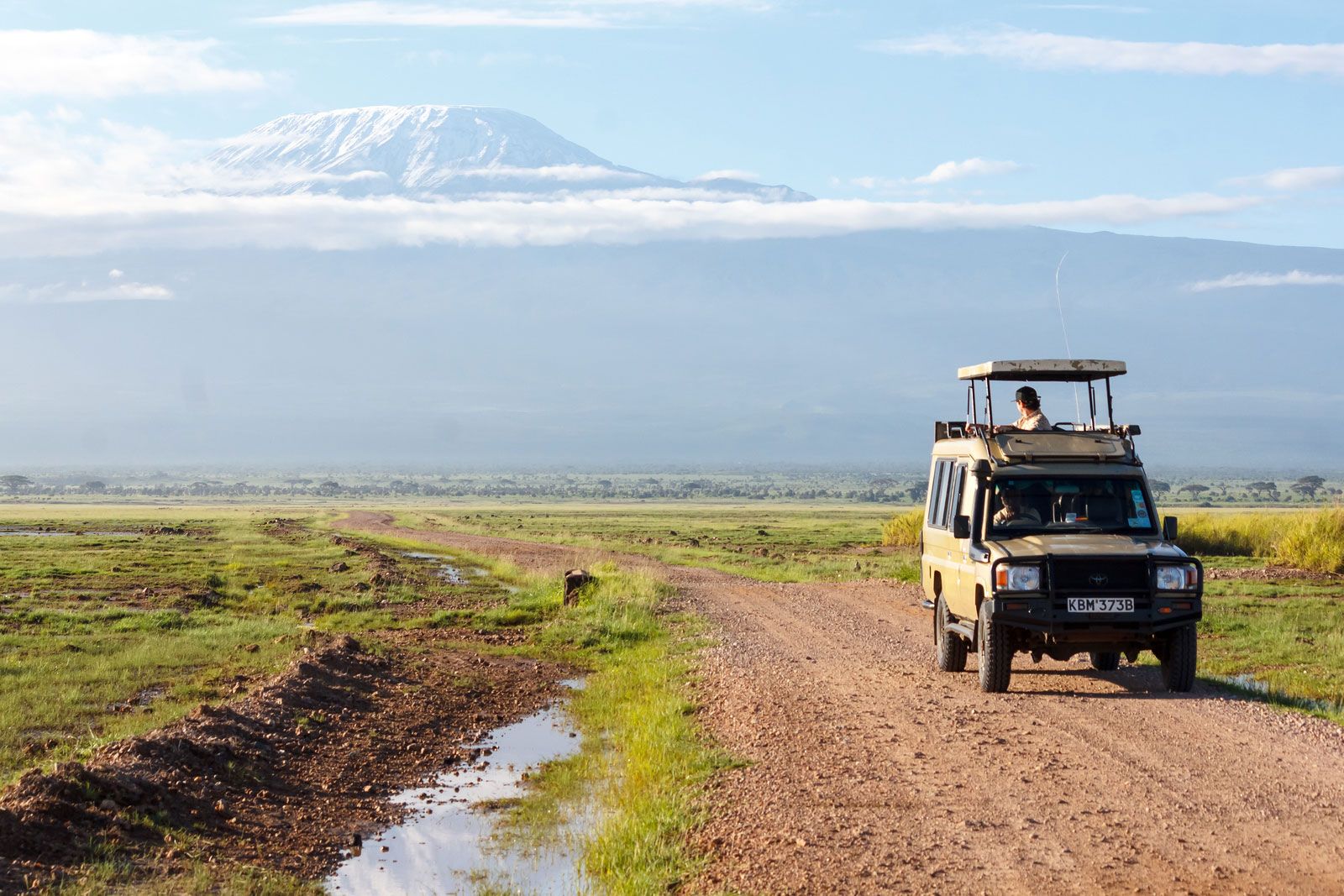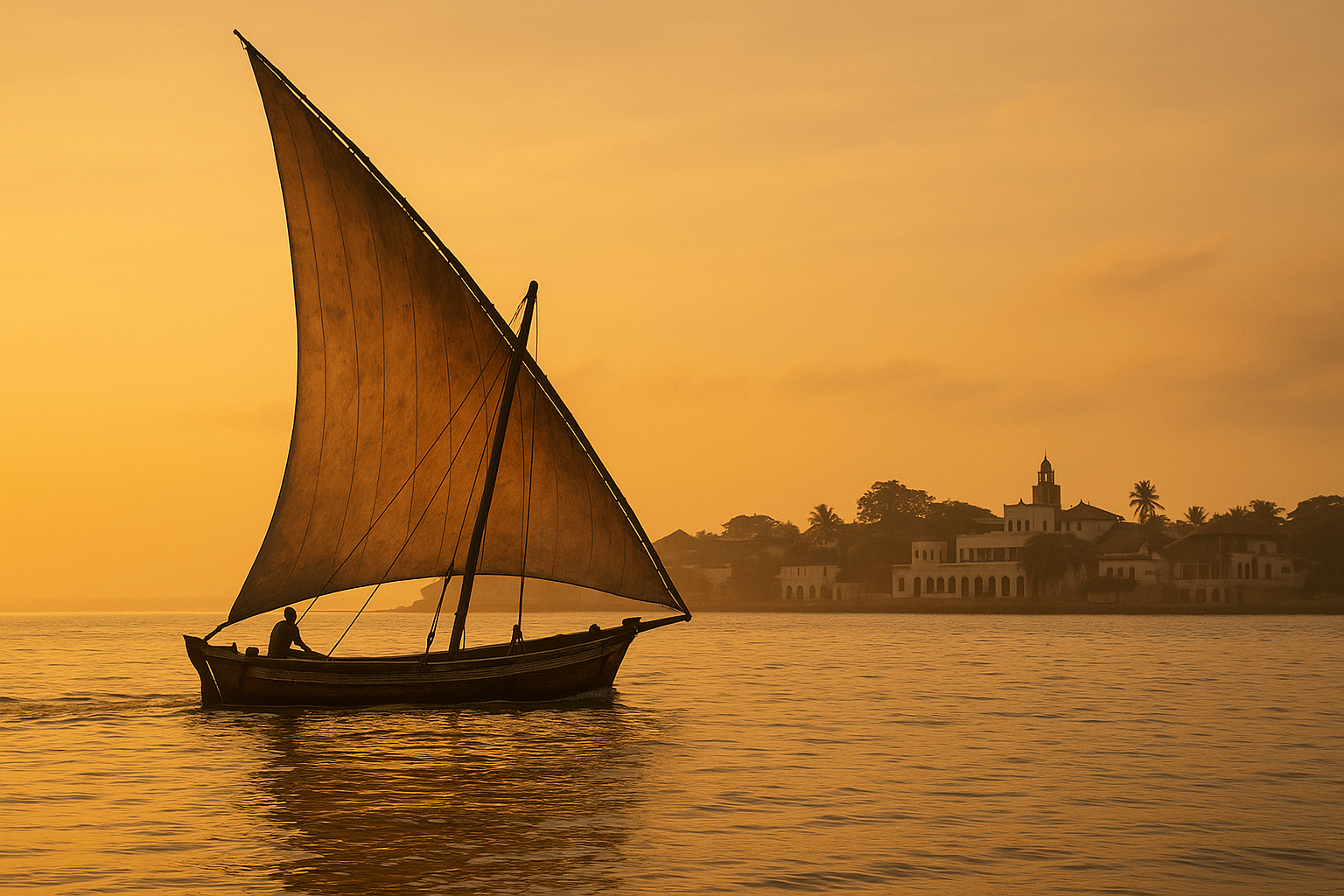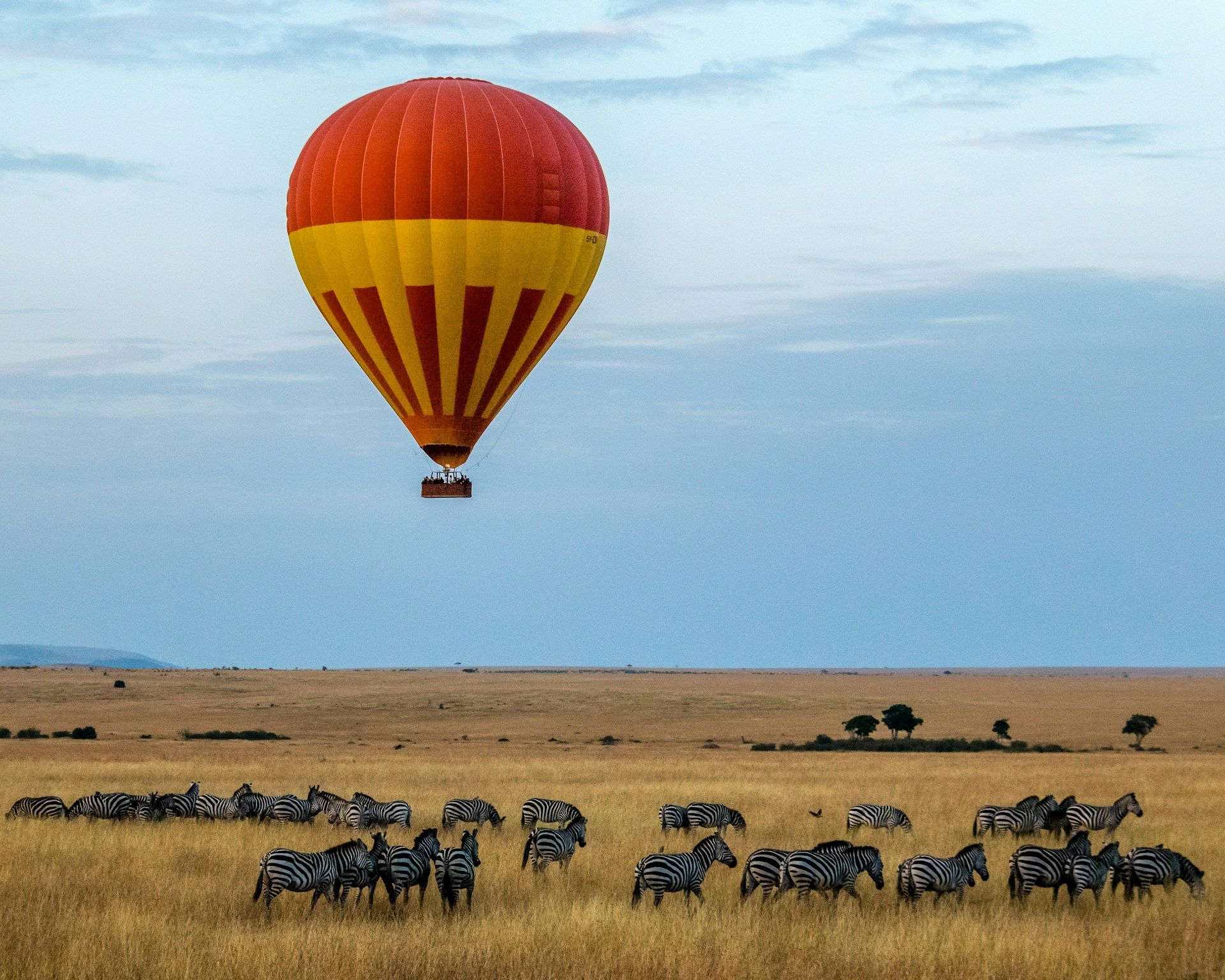
Best Time to Visit Kenya: Month-by-Month Guide
4 min readKenya offers incredible experiences year-round, but timing your visit can make all the difference. From witnessing the Great Migration to enjoying perfect beach weather, here's your comprehensive month-by-month guide to visiting Kenya.
What's cotained in this guide
- Understanding Kenya's Climate
- Month-by-Month Breakdown
- January - Peak Safari Season
- February - Prime Wildlife Month
- March - Transition Period
- April - Rainy Season Peak
- May - Continued Rains
- June - Dry Season Returns
- July - Migration Spectacular
- August - Peak Season Continues
- September - Extended Migration
- October - Migration Departure
- November - Short Rains Begin
- December - Holiday Season
- Best Times for Specific Activities
- Great Migration
- General Wildlife Viewing
- Bird Watching
- Beach Holidays
- Mountain Climbing
- Budget Travel
- Photography
- Regional Variations
- Northern Kenya (Samburu, Laikipia)
- Coastal Kenya (Mombasa, Malindi)
- Central Highlands (Mt. Kenya, Aberdares)
- Western Kenya (Lake Victoria region)
- Planning Your Visit
- Final Recommendations
Understanding Kenya's Climate
Kenya experiences two main seasons: dry and wet. The country sits on the equator, so temperatures remain relatively stable throughout the year, but rainfall patterns significantly impact wildlife viewing, road conditions, and overall travel experience.
Dry Seasons:
- Long dry season: June to October
- Short dry season: January to March
Wet Seasons:
- Long rains: March to May
- Short rains: November to December



Month-by-Month Breakdown
January - Peak Safari Season
Weather: Hot and dry with minimal rainfall Temperature: 20-28°C (68-82°F) Highlights:
- Excellent wildlife viewing with animals concentrated around water sources
- Perfect weather for safari activities
- Calving season in the Serengeti (southern region)
- Ideal beach conditions on the coast
Cons: High tourist numbers and premium pricing
February - Prime Wildlife Month
Weather: Continued dry conditions, very hot Temperature: 22-30°C (72-86°F) Highlights:
- Peak calving season continues - witness thousands of wildebeest births
- Exceptional predator action as big cats follow the herds
- Crystal clear skies perfect for photography
- Flamingos at Lake Nakuru and Lake Bogoria
Cons: Very crowded in popular parks, highest accommodation rates
March - Transition Period
Weather: Hot with increasing humidity, long rains begin Temperature: 22-29°C (72-84°F) Highlights:
- Last chance for dry season wildlife viewing
- Lower tourist numbers as rains approach
- Migrating birds arrive
- Still good for northern Kenya and Laikipia
Cons: Unpredictable weather, some roads may become challenging
April - Rainy Season Peak
Weather: Heavy rains, high humidity Temperature: 20-26°C (68-79°F) Highlights:
- Dramatically reduced tourist numbers
- Significant discounts on accommodations
- Lush, green landscapes perfect for photography
- Excellent bird watching with resident and migratory species
Cons: Many camps close, difficult road conditions, limited wildlife visibility
May - Continued Rains
Weather: Persistent rainfall, muddy conditions Temperature: 18-25°C (64-77°F) Highlights:
- Lowest tourist season with substantial savings
- Verdant landscapes and full rivers
- Peak bird migration season
- Cultural experiences with fewer crowds
Cons: Many seasonal camps remain closed, challenging travel conditions
June - Dry Season Returns
Weather: Rains subside, cooler and pleasant Temperature: 16-24°C (61-75°F) Highlights:
- Start of the Great Migration river crossings
- Excellent wildlife viewing resumes
- Pleasant temperatures for game drives
- Most camps and lodges reopen
Cons: Popular destinations fill up quickly as dry season begins
July - Migration Spectacular
Weather: Cool and dry, perfect safari conditions Temperature: 15-23°C (59-73°F) Highlights:
- Peak Great Migration in Masai Mara
- Dramatic river crossings at Mara River
- Cool temperatures ideal for all-day activities
- Excellent visibility for wildlife photography
Cons: Premium pricing returns, advance booking essential
August - Peak Season Continues
Weather: Dry and cool, minimal cloud cover Temperature: 16-24°C (61-75°F) Highlights:
- Continued Great Migration spectacle
- Perfect weather for both safari and beach
- Excellent game viewing throughout the country
- Ideal time for mountain climbing (Mt. Kenya)
Cons: Highest tourist numbers, peak accommodation rates
September - Extended Migration
Weather: Dry with increasing temperatures Temperature: 18-26°C (64-79°F) Highlights:
- Migration continues in Masai Mara
- Fewer crowds than July-August but excellent conditions
- Perfect weather for outdoor activities
- Great time for cultural visits
Cons: Still expensive, popular areas remain busy
October - Migration Departure
Weather: Hot and dry, very little rainfall Temperature: 20-28°C (68-82°F) Highlights:
- Last chance to see the migration before it returns to Tanzania
- Hot weather concentrates animals around water sources
- Excellent general game viewing
- Good time for bird watching
Cons: Very hot during midday, dust can be problematic
November - Short Rains Begin
Weather: Short, intermittent rains with high humidity Temperature: 21-28°C (70-82°F) Highlights:
- Tourist numbers drop significantly
- Better rates on accommodations
- Fresh, green scenery emerges
- Migratory birds begin arriving
Cons: Unpredictable weather, some afternoon game drives may be affected
December - Holiday Season
Weather: Short rains continue, warm and humid Temperature: 22-29°C (72-84°F) Highlights:
- Holiday atmosphere with fewer tourists than dry season peaks
- Good wildlife viewing between rain showers
- Newborn animals as calving season approaches
- Festive season celebrations
Cons: Higher rates during holidays, weather can be humid
Best Times for Specific Activities
Great Migration
Best months: July-October (Masai Mara), December-March (Serengeti side)
General Wildlife Viewing
Best months: June-October, January-March
Bird Watching
Best months: November-April (migratory species present)
Beach Holidays
Best months: January-March, June-September
Mountain Climbing
Best months: January-February, June-September
Budget Travel
Best months: April-May, November
Photography
Best months: June-September (clear skies), January-February (dramatic lighting)
Regional Variations
Northern Kenya (Samburu, Laikipia)
Generally drier than southern regions. Best visited during wetter months (November-May) when wildlife congregates around water sources.
Coastal Kenya (Mombasa, Malindi)
Enjoys a tropical climate. Avoid April-May for beach activities but excellent for cultural experiences.
Central Highlands (Mt. Kenya, Aberdares)
Cooler year-round. Best climbing conditions during dry seasons.
Western Kenya (Lake Victoria region)
Receives more rainfall. Wildlife viewing good year-round, but roads challenging during rains.
Planning Your Visit
For First-Time Visitors: June-October offers the most predictable weather and best overall experience.
For Budget Travelers: April-May and November provide significant savings but require flexibility.
For Wildlife Enthusiasts: Time your visit around specific animal behaviors - calving season (January-March) or migration (July-October).
For Photographers: Dry seasons offer clearer skies and better lighting conditions.
Final Recommendations
Kenya's diversity means there's never a truly "bad" time to visit - it depends on your priorities, budget, and interests. The dry seasons offer the most reliable weather and wildlife viewing, while the wet seasons provide unique experiences, lower costs, and fewer crowds.
Consider your specific interests, tolerance for uncertainty, and budget when choosing your travel dates. Regardless of when you visit, Kenya's incredible wildlife, stunning landscapes, and warm hospitality will create unforgettable memories.